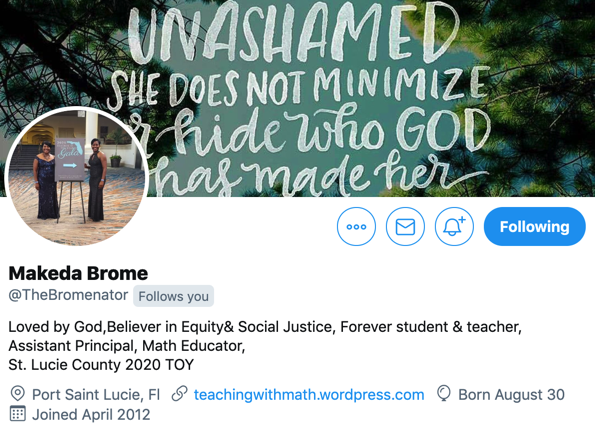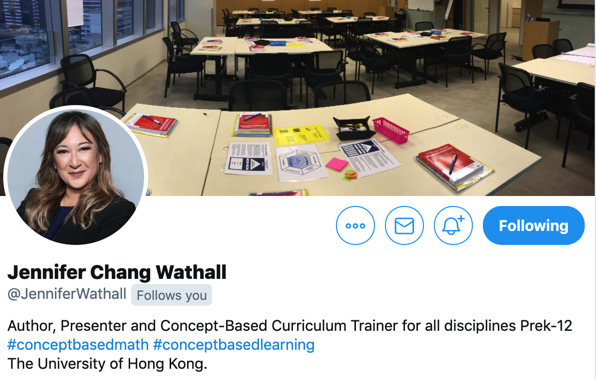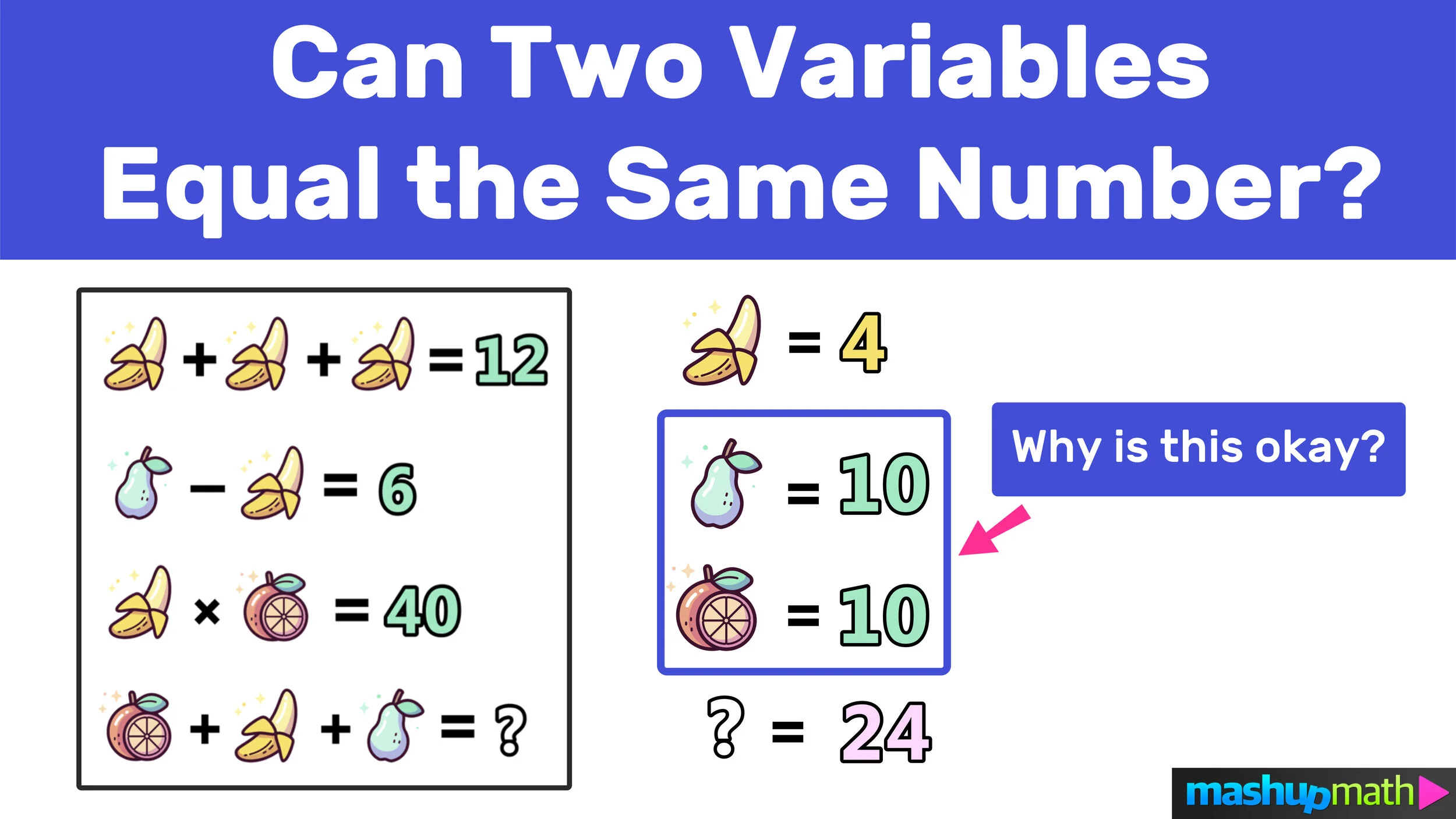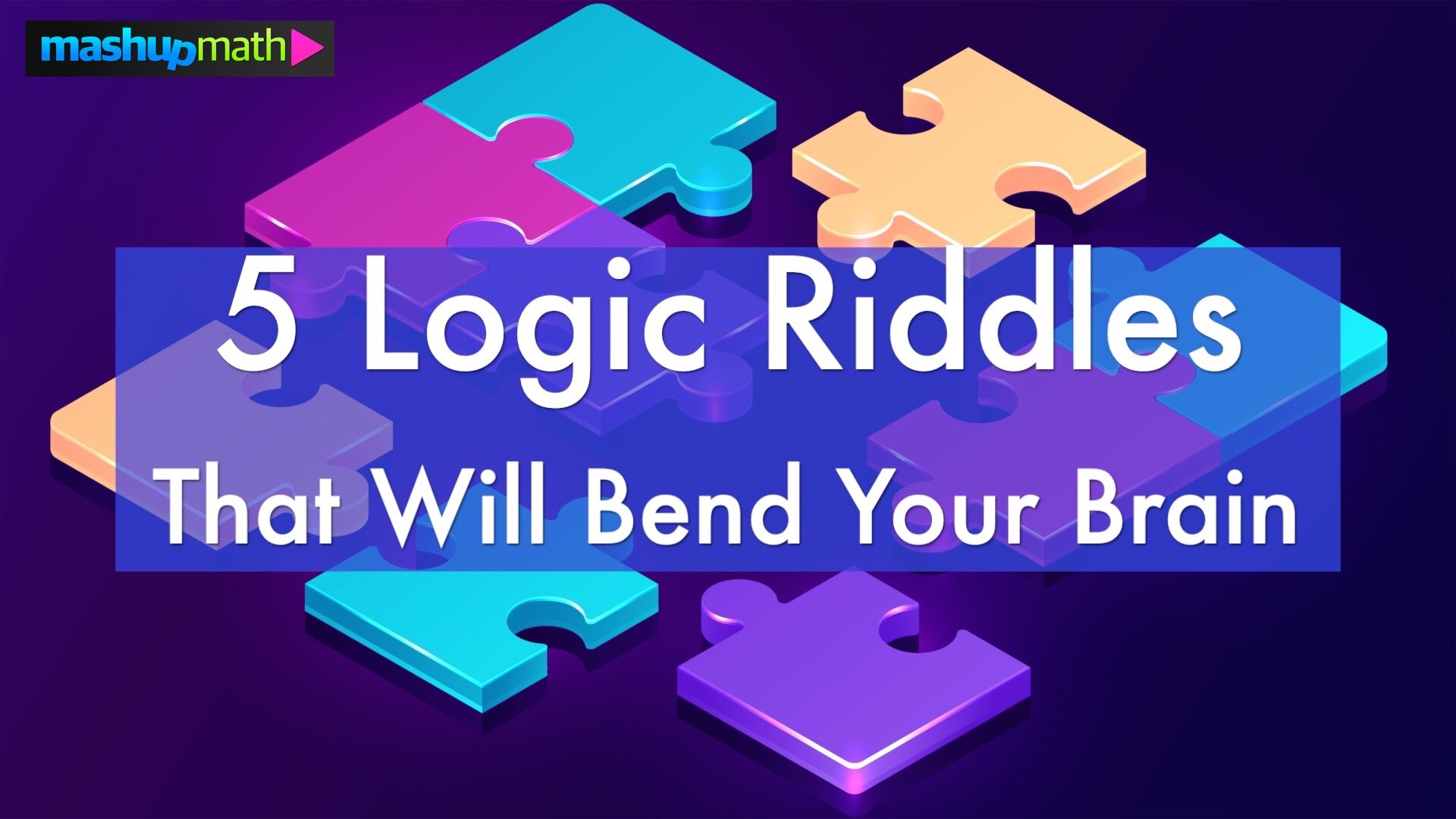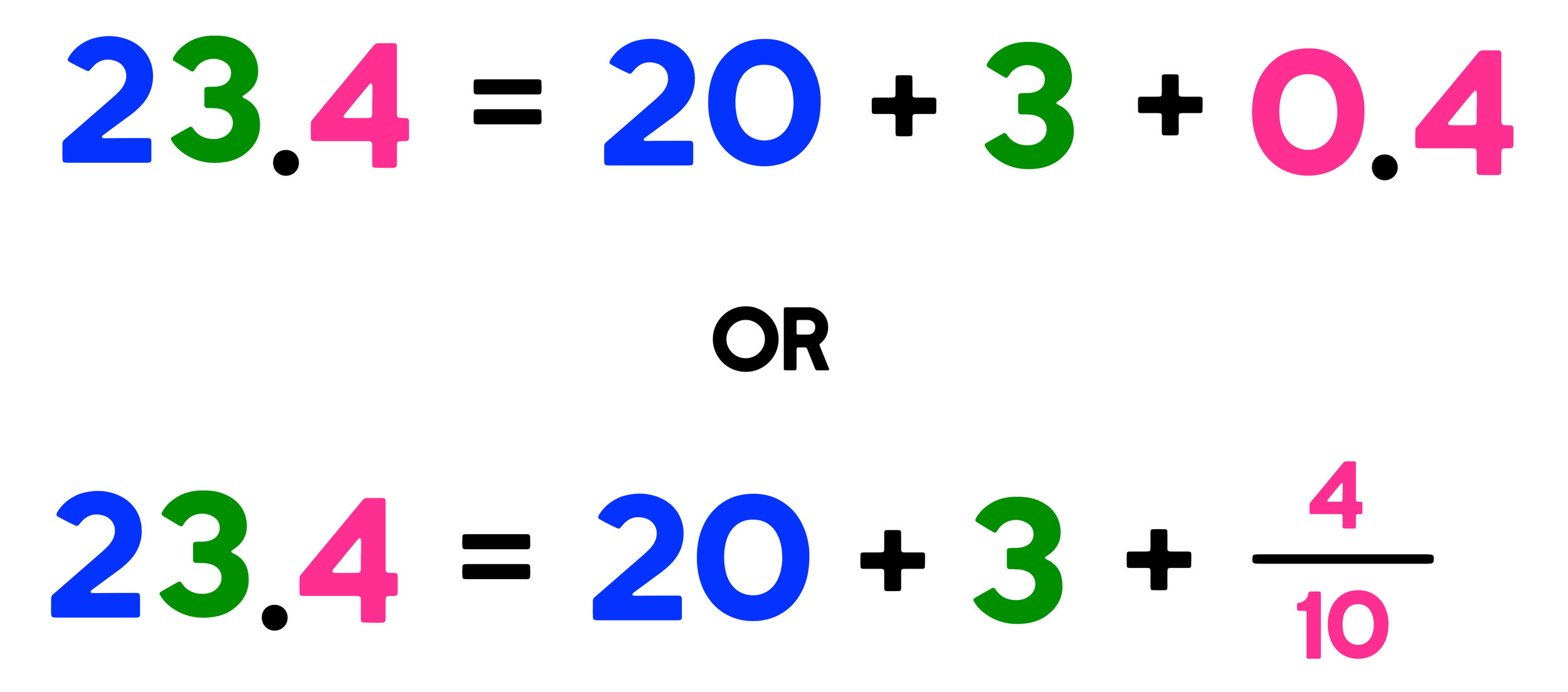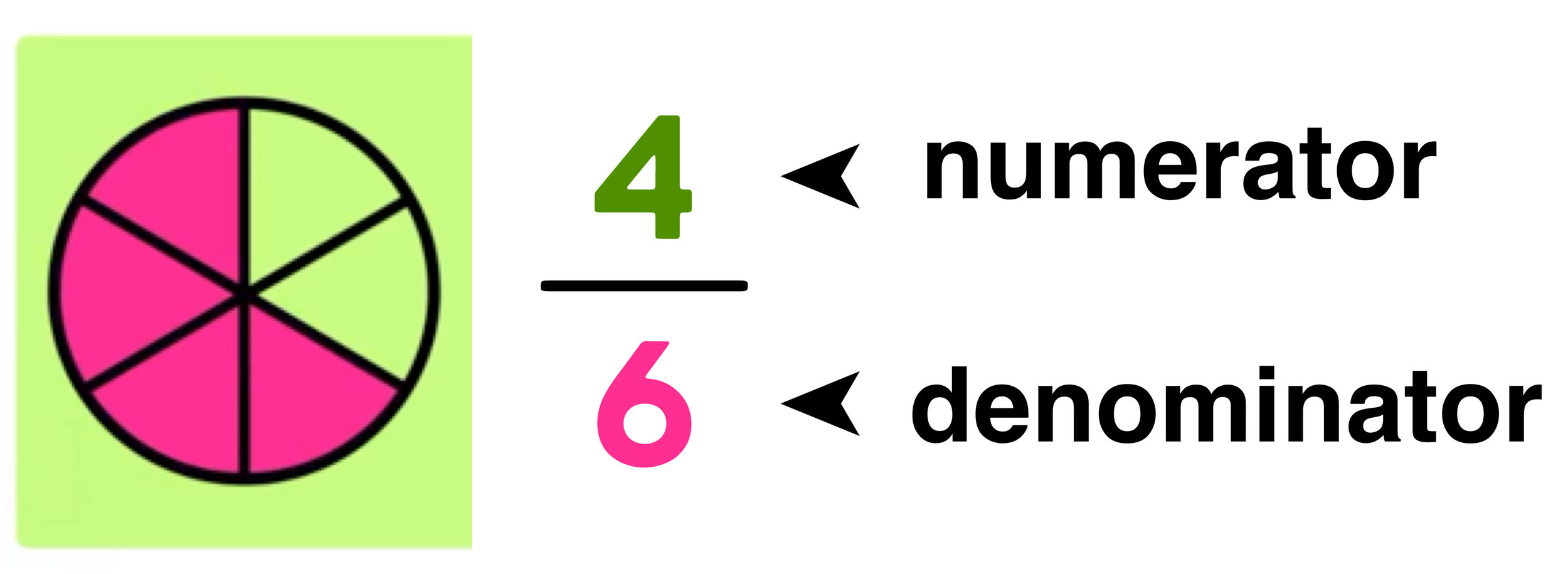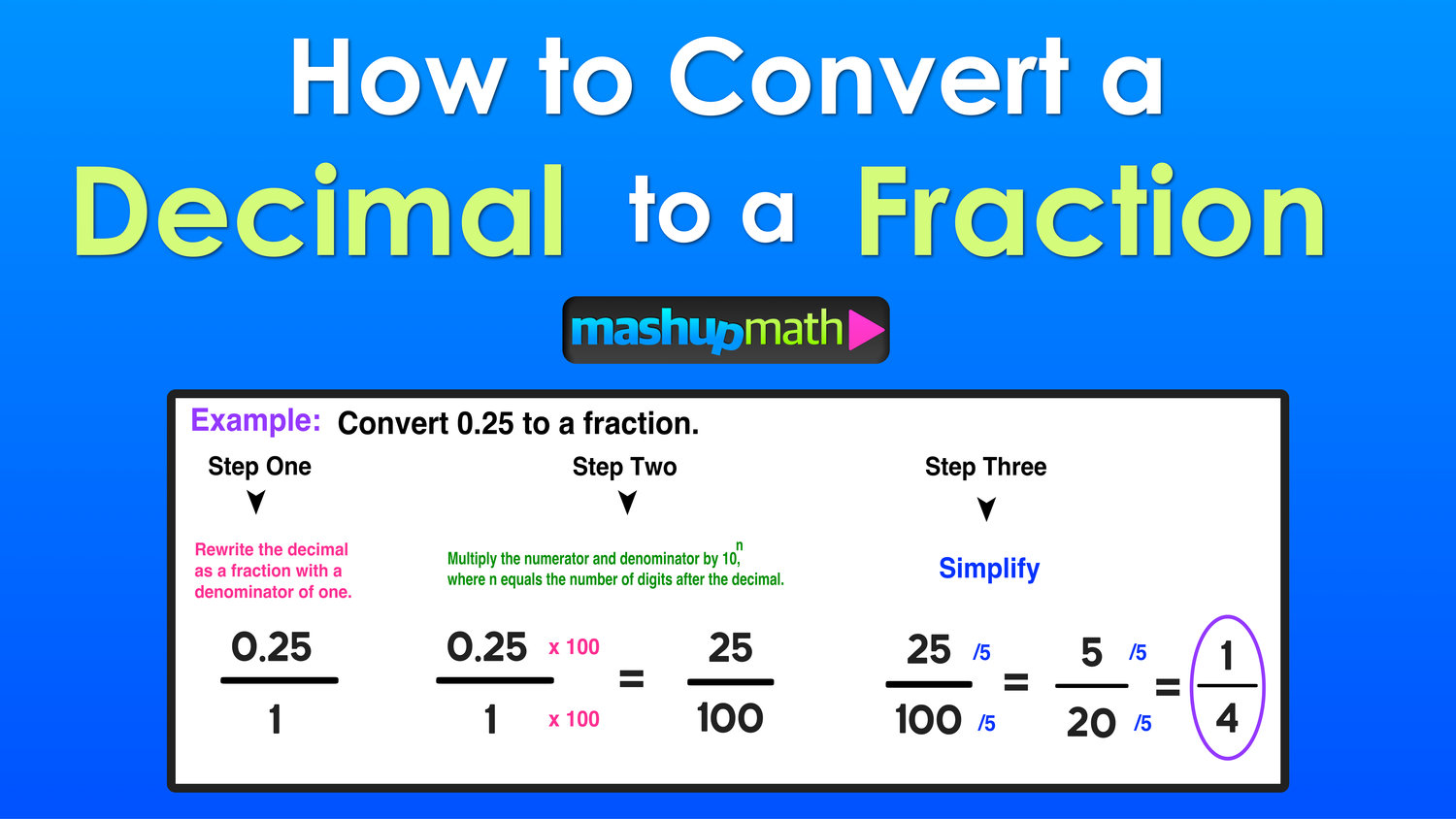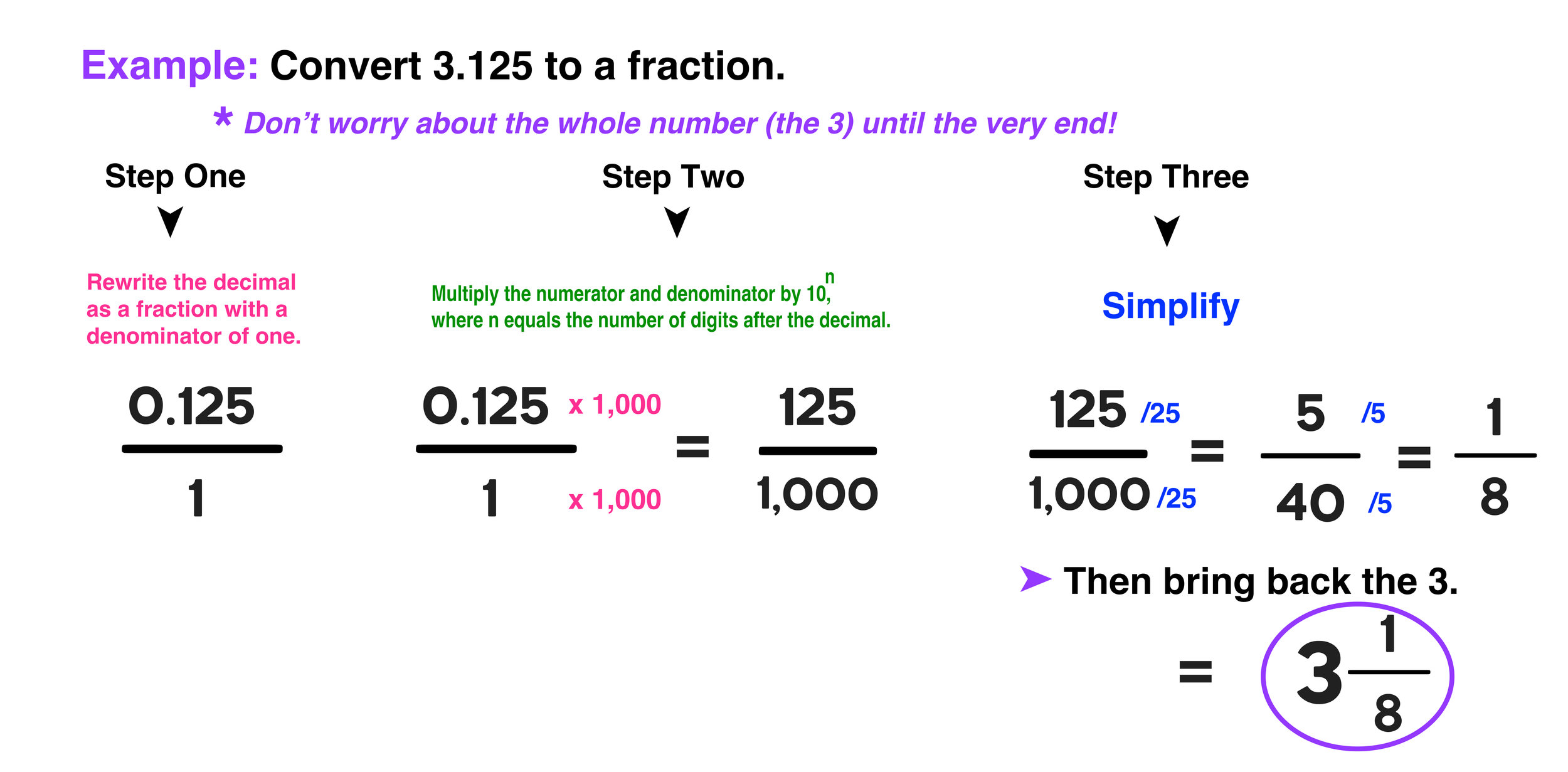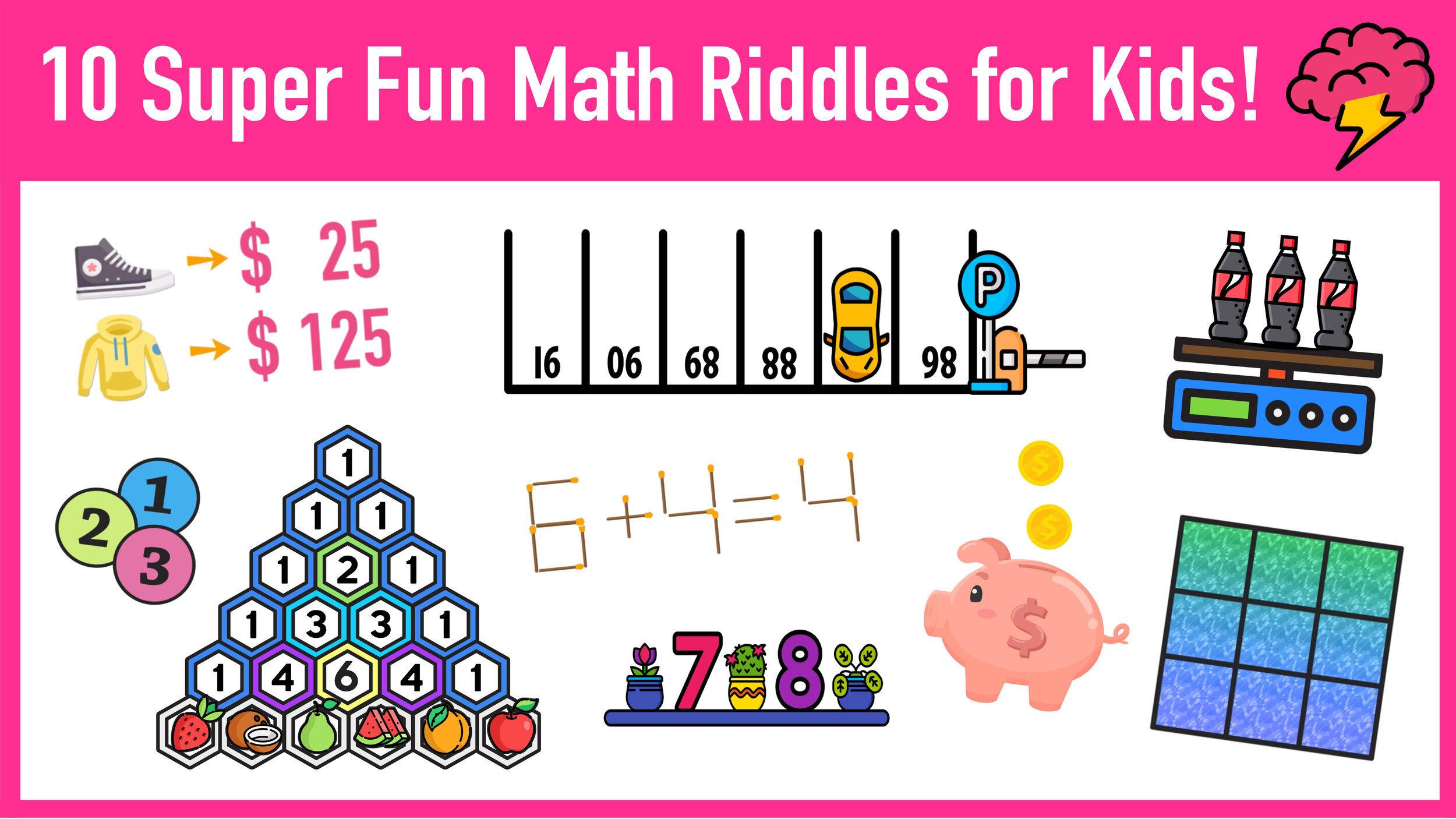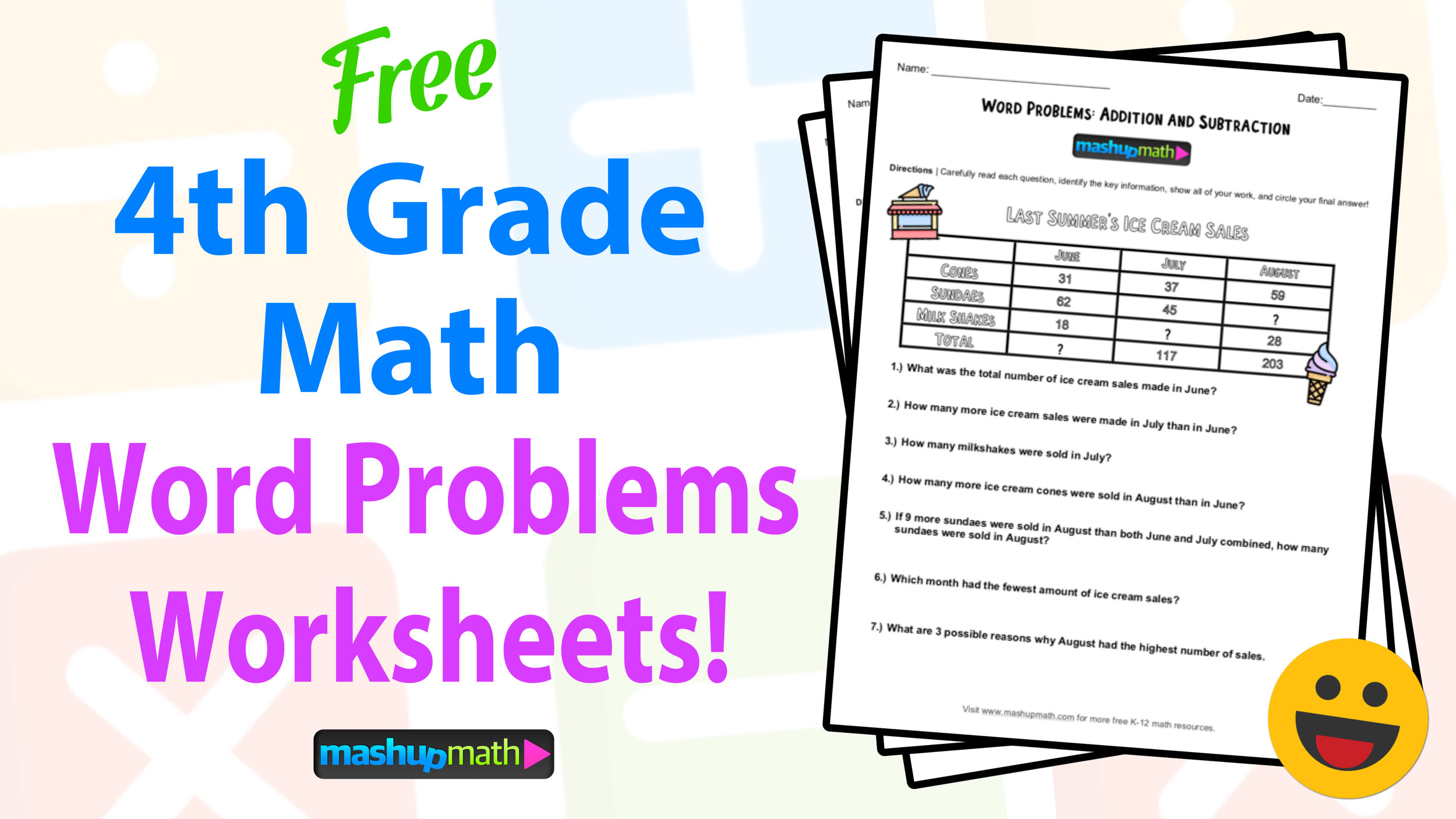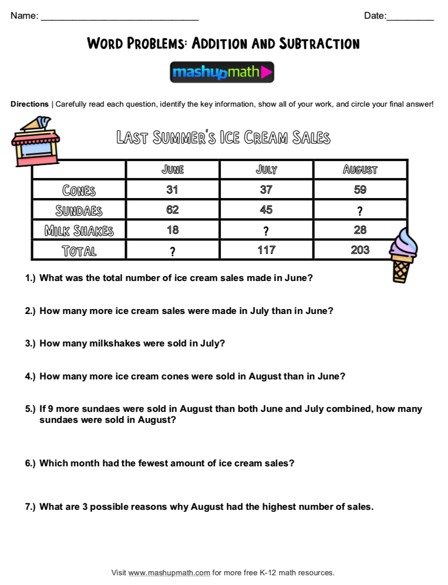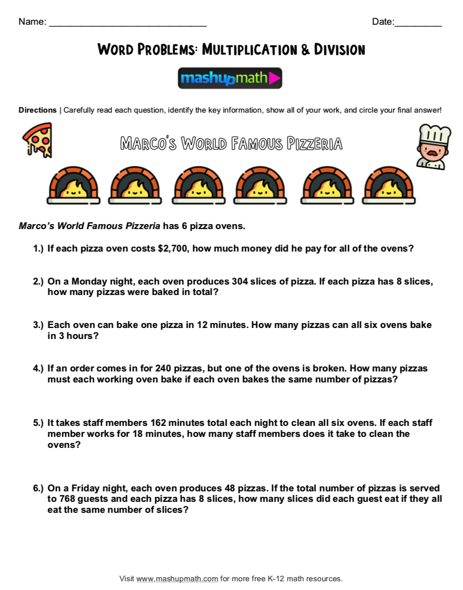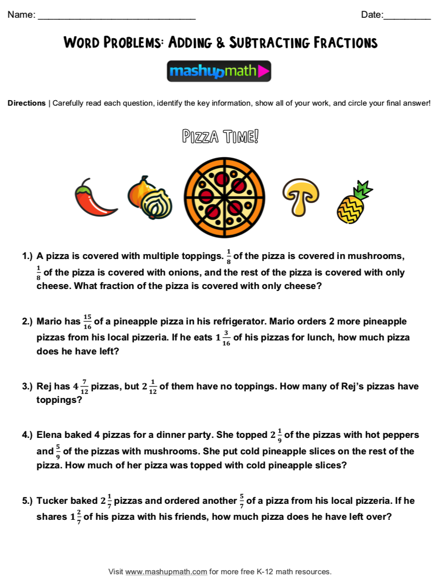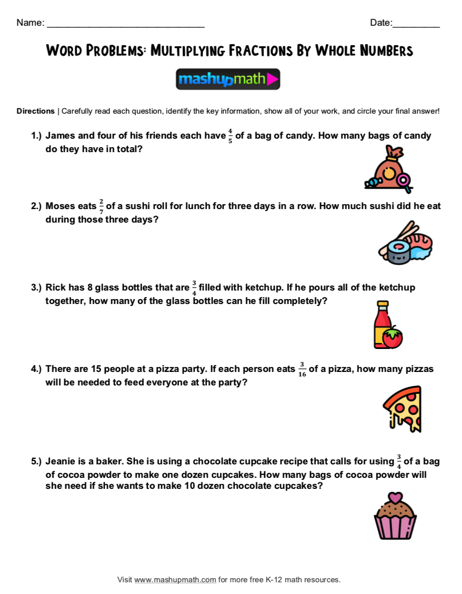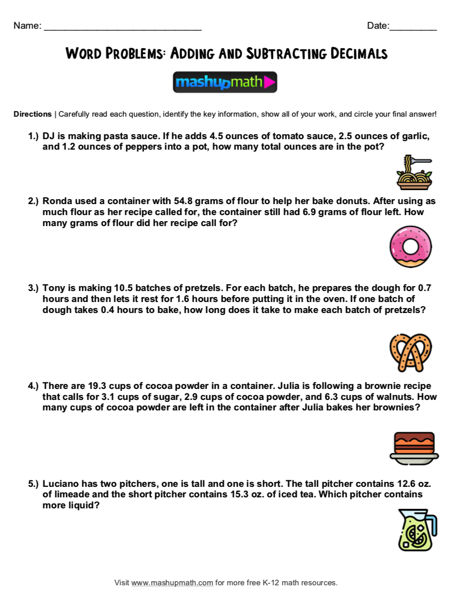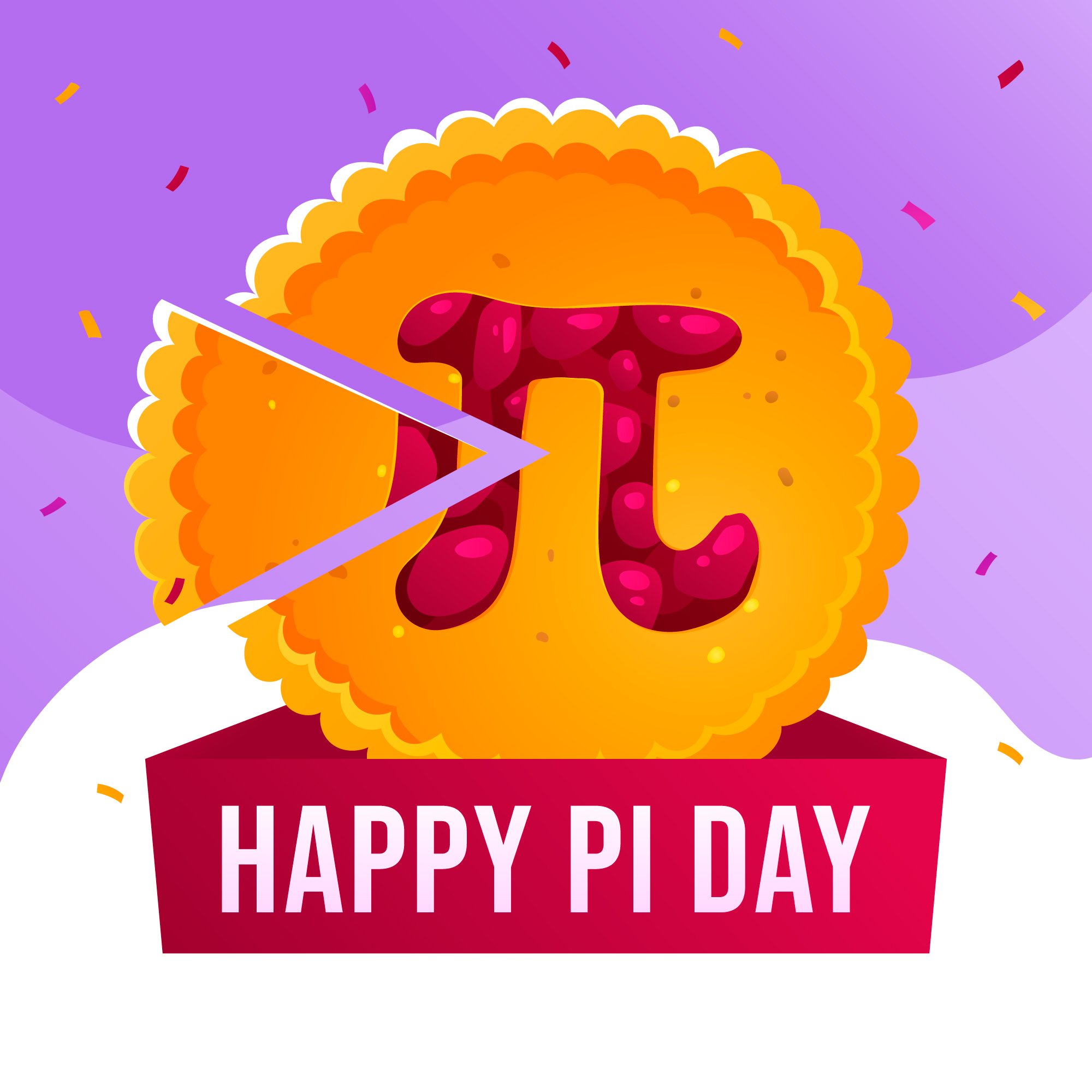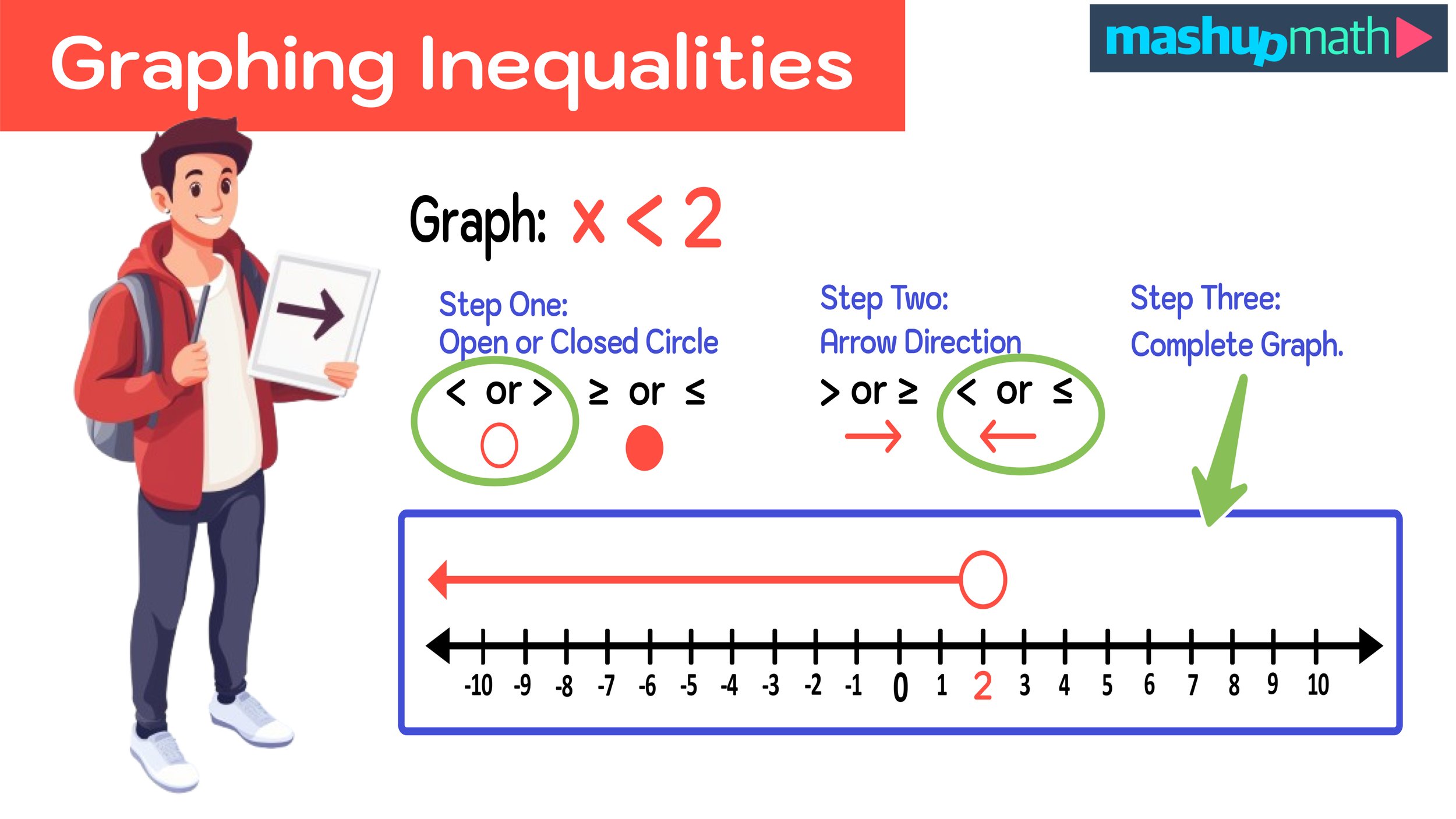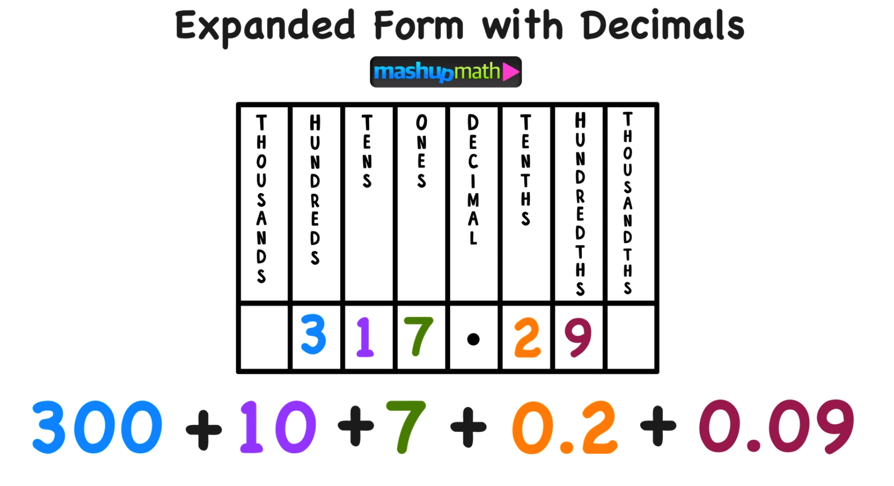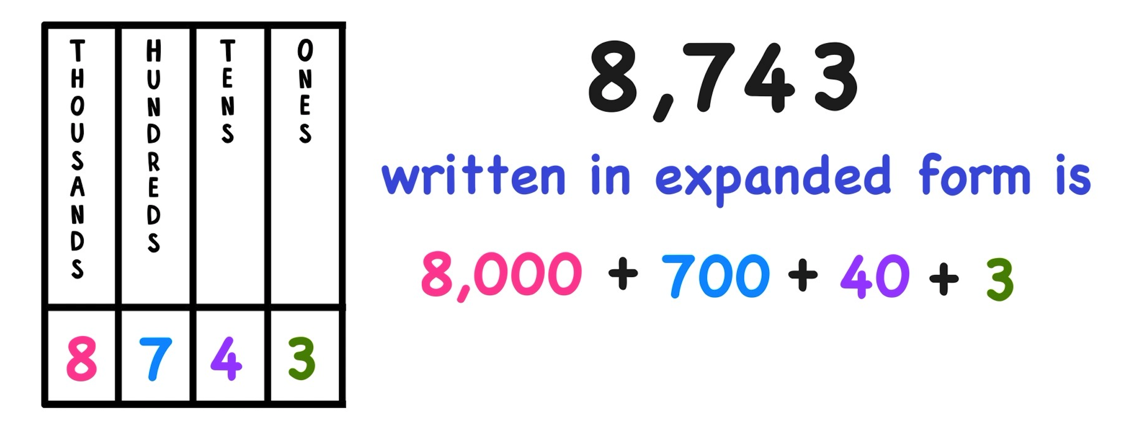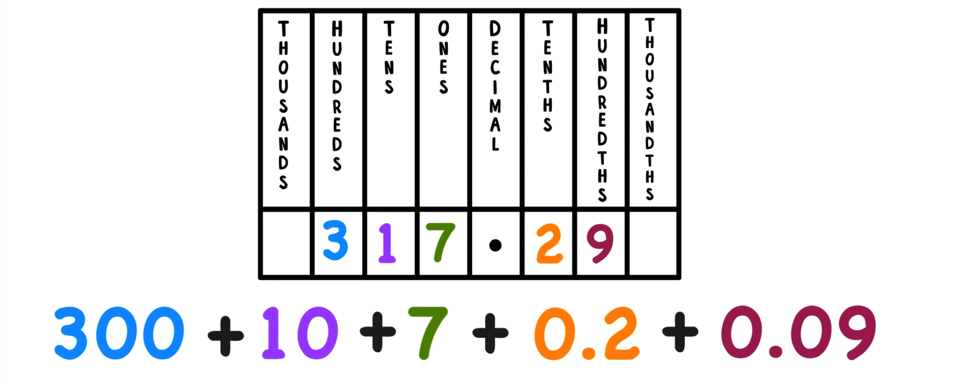What Math Teaching Strategies Work Best? 16 Math Education Experts Share Their Suggestions.
Math Education Experts Share What Tools and Strategies They Use to Support Students.
A Post By: Anthony Persico
What works in math education is constantly evolving. Math teaching strategies and techniques that were once commonplace in the classroom several years ago are now being replaced with more effective, research-backed methods aimed at making mathematics a more approachable, meaningful and equitable subject.
I recently reached out to 16 math education experts, including Stanford University Math Education Professor Jo Boaler, and asked the following question: What new belief, behavior, teaching habit, or tool has most improved your teaching over the past 12-18 months and why?
The diverse collection of responses below will help you to identify some new strategies to add to your teaching toolbox and ultimately assist you in becoming a more effective math educator who is better equipped to meet the needs of your students. Enjoy!
What math teaching strategies are the experts using?
Eddie Woo
Eddie is an Education Ambassador for the University of Sydney, the founder of YouTube’s MisterWooTube channel, and the author of Woo’s Wonderful World of Mathematics and It’s a Numberful World. You can follow him on Twitter @misterwootube.
Eddie Says…
I have been exploring the power of open-endedness in mathematics classroom over the last couple of years, and love the way that it has helped me tease out mathematical thinking in my students. It’s so easy for students to fixate on getting the “right answer” when facing a question in mathematics, and I love the way that open problems emphasize the aspects of reasoning and communication. It’s also fantastic to see how easily a task can be reshaped so that it has a low floor and a high ceiling, to ensure that struggling learners can access the activity and highly competent mathematicians can also find rich avenues for exploration and investigation.
Chris Woods
Chris is a High School Math Teacher, STEM Presenter, and host of the STEM Everyday Podcast. You can follow him on Twitter @dailystem.
Chris Says:
In the past few years, I’ve made the change to get kids holding shapes and equations in their hands more often. It usually starts by handing out some combination of paper, scissors, rulers, colored pencils, tape, and glue sticks to my students, nothing fancy. What happens next is I try to help them “see” how a surface area formula works by building a triangular prism or help them “visualize” how a parabola is formed by drawing a series of lines on a grid. And when math is more than just numbers and letters on a worksheet or an answer on a calculator, it is suddenly something beautiful, creative, and worthy of exploration and discovery.
Kristen Acosta
Kristen is a K-6 Math Coach, Teacher, and Presenter. You can access her math resources at www.kristenacosta.com and follow her on Twitter @kristenmacosta.
Kristen Says:
It’s amusing that number lines have been around forever, but are so underutilized in helping students with making connections to a bigger picture. When I stumbled upon Clothesline Math (used as an open number line), my students’ number sense improved greatly. Clothesline Math has helped my students see the interconnectedness of how math works.
You can learn more about clotheslines math on Kristen’s website.
Kyle Pearce
Kyle is a K-12 Mathematics Consultant who delivers presentations and workshops, blog contributor at Tap Into Teen Minds, and co-host of the Make Math Moments podcast. You can follow him on Twitter @MathletePearce.
Kyle Says:
Over the past 12-18 months, one of the biggest epiphanies I’ve had is how important it is to actually understand the math. I’m not talking about how to “do it”, but developing the conceptual understanding of the how and why it works, the connections from one idea to another, and how it develops in young children all the way to high school mathematics. Currently, I’ve been building my own understanding of Proportional Reasoning and I’ve built out a full course for members of the Make Math Moments Academy. You can learn more about it here: makemathmoments.com/academy.
Makeda Brome
Makeda is a math educator and 2020 Teacher of the Year Recipient in Port St. Lucie, Florida. You can follow her on Twitter @thebromenator.
Makeda Says:
Over the last year-and-a-half, I have become more and more aware of social justice education on teaching and how I play an integral role in that. While our classrooms may be more diverse, much of our teaching practices have not changed to support the diversity in our classrooms. Twitter chats and movements like #ClearTheAir, #HipHopEd, and #EduColor have helped me become a better math educator for all of my students and I now support other teachers in doing the same. All of our students deserve equal learning opportunities, I hope the math community commits to engaging in this work!
Brian Aspinall
Brian is a K-12 math educator, TEDx presenter, and author of Code Breaker: Increase Creativity, Remix Assessment, and Develop a Class of Coder Ninjas!. You can follow him on Twitter @mraspinall.
Brian Says:
For me, two tools have greatly impacted my teaching pedagogy. Both Scratch and Minecraft offer a sandbox environment for students to create content, try something new, immerse themselves in mathematics and be creative. Not only do they support a constructivist approach to learning, students receive immediate feedback from the tools, freeing up teacher time to consolidate with other students.
Brian shares lesson plan examples on his blog at brianaspinall.com and in his books, Code Breaker and Block Breaker.
Learn more: How to use Minecraft: Education Edition in Your Classroom
Alice Keeler
Alice is a YouCubed Consultant, Speaker, Google Certified Teacher, and author of several books including Teaching Math with Google Apps: 50 G Suite Activities. You can follow her on Twitter @alicekeeler.
Alice Says:
Students who think they struggle in math are all thinkers. I have yet to meet a kid who isn't a thinker. Instead of giving them DOK 1 problems I use OpenMiddle and other interesting problems where step one is... hmmm, I'm not sure, let me think about it. Turns out they are math people.
The other thing I do is tell a story using Google Slides to explain the math problem. Show your feelings, step .1 take a selfie, show how you collaborated, you're required to google something... and explain it.
Jennifer Chang Wathall
Jennifer is an advocate for Concept-Based Curriculum and author of Concept- Based Mathematics: Teaching for Deep Understanding in Secondary Schools. You can connect with her on Twitter @JenniferWathall and visit her website www.jenniferchangwathall.com for more information.
Jennifer Says:
I enjoyed a glorious 27-year teaching career and something that completely transformed my practice was embedding an inductive teaching approach. The inductive teaching approach creates an environment for students to uncover the beauty and creativity of mathematics for themselves through inquiry based learning.
The inductive teaching approach encourages students to inquire through experimentation, enables connections between different topics to be made, and supports deep conceptual mathematical understanding which gives students the ability to apply and transfer to different contents.
Learn More: What Does Inquiry-Based Learning Look Like in the Math Classroom?
Berkeley Everett
Berkeley is a K-5 Math Coach, facilitator to UCLA’s Math Project, designer for Math Visuals. You can follow him on Twitter @BerkeleyEverett.
Berkeley Says:
Is it possible for tasks to differentiate themselves while communicating the idea that math is about relationships (not answers)? This year I took my questions to another level with Open Questions from Marian Small. Instead of "12 is 2/3 of ___" she would pose "___ is 2/3 of ___." Suddenly the task is more accessible and more challenging. Plus, it encourages students to focus on ideas and relationships instead of answers. For more, check out Marian Small's great books, including Good Questions (look for the 3rd Edition).
Lauren Baucom
Lauren is a High School Math Teacher, doctoral student at the University of North Carolina at Greensboro, and national presenter. You can follow her on Twitter @LBmathemagician.
Lauren Says…
Collective learning is a new term that I am fascinated by, and love finding evidence of it in educational spaces. As educators, we often focus on the learning that we hope is occurring in the students who enter our classrooms. As math coaches, we hope to see the confirmation of learning as educators make adjustments to their practice. Both of these are examples of individual learning. There is a powerful type of learning that is harder to visualize, collective learning, or the learning that is happening between a group of people. For example, in a classroom that promotes student discourse, two students may learn different things from a lesson. The conversation that is facilitated between them will multiply the learning that occurs in that room, as each student brings their individual learning and jointly shares with the others. As a teacher, I often forget about asking myself, “What did we learn collectively today?”, not as an offshoot of “I taught it, so they learned it.”, but from the richness that was created from being together.
Peter Liljedahl
Peter is an Education Professor at Simon Fraser University in British Columbia, Canada and Math Education Consultant. You can follow him on Twitter @pgliljedahl.
Peter Says:
My favorite practice for the last few years is the use of visibly random groups. Although it is something I have been researching and publishing on for many years, it is a practice that still keeps giving me new surprises every year. It emerged as a reaction to my research that was showing that both self-selected and strategically formed groups create a space where the students know what their role will be that day—and for many, that role was not to think. Random groups do not create this. In addition, random groups bypass all our biases of what students are capable of, reduces social barriers, and drives more autonomous learning behavior. More recently, it has also shown that students take random groups as a sign of confidence in them as learners and thinkers.
Margie Pearse
Margie is a math coach and curriculum head, a contributor to Edutopia, and the author of Teaching Numeracy: 9 Critical Habits to Ignite Mathematical Thinking. You can follow her on Twitter @pearse_margie.
Margie Says:
I was greatly influenced by The Formative 5. I taught in a district that was committed to infusing literacy strategies across content areas, so assessing BDA style in math was something I was very familiar with, but The Formative 5 took the idea of checking for understanding throughout a lesson one step further. I knew there were certain points in each lesson where understanding was critical to moving forward, but I couldn’t put my finger on it until the idea of a Hinge Point was introduced in the book and that was revolutionary to me.
Sunil Singh
Sunil is a math learning specialist and author of Math Recess: Playful Learning in an Age of Disruption and Pi of Life. You can follow him on Twitter @Mathgarden.
Sunil Says…
As a math educator, we tend to be caught up in the micro details of problem solving and strategies more often than not. While this makes sense, given the analytical nature of mathematics, I have found that some of the more valued human qualities are equally important in students trusting the journey of learning mathematics. For me, the idea of kindness as a virtue, has become a pillar in teaching mathematics. Through kindness we build trust and friendship, which facilitates a learning environment that allows risk, failure, and the acquisition of resilience.
Denis Sheeran
Dennis is a math education specialist, administrator, and the author of Hacking Mathematics: 10 Problems That Need Solving and Instant Relevance: Using Today's Experiences to Teach Tomorrow's Lessons. You can follow him on Twitter @MathDenisNJ and visit his website www.denissheeran.com for more information.
Denis Says…
I've been an administrator for the past seven years, supervising math teachers and departments in NJ. In fact, it was in the early part of that experience that I was inspired to write Instant Relevance, Using Today's Experiences to Teach Tomorrow's Lessons. One of the biggest shifts that needs to happen in the classroom is less teacher talking and more student discourse. The saying goes, "whoever is doing the talking is doing the learning" and that needs to be a focus in math classrooms. So, I came across a tool that measures the amount of time teachers and students are talking in the classroom by identifying your voice, multiple voices, and volume and then graphs the data for you on demand. It's called TeachFX. They call themselves a Fitbit for teachers that measures student engagement. As a full time math consultant now, I use the tool during professional development sessions and during teacher observations to give objective feedback to teachers after observing their classrooms. You'd be shocked to find out how much talking most teachers really do, when they do it, and how that contrasts what they thought they'd be doing.
Mark Chubb
Mark is a math teacher, instructional coach, and blog contributor to Building Mathematicians. You can follow him on Twitter @MarkChubb3.
Mark Says…
For years, I have believed the most important thing we can do as educators is to plan for rich learning experiences, so our students could learn through problem solving. After years of being a math coach, I now see that providing rich experiences isn't enough. If we are aiming to make sure we are maximizing learning in our classrooms it takes us as the teachers to be learning about our students as developing mathematical thinkers, and to be continually curious about their understanding. That is, we need to be noticing and wondering about our students regularly. This is the essence of what assessment means. Here are strategies and practical advice to help us notice and wonder about our students: Noticing and Wondering - A Powerful Tool for Assessment.
Learn More: Using Notice-Wonder Activities to Support Math Learning
Jo Boaler
Jo is a Professor of Math Mathematics Education at Stanford University, founder of YouCubed, and author of Mathematical Mindsets and Limitless Mind: Learn, Lead, and Live Without Barriers. You can follow her on Twitter @joboaler.
Jo Says:
My teaching has been most helped by the knowledge that connected brains are the most powerful and that when we engage students in mathematics through multiple forms of activity - drawing, writing, moving, modeling, building, calculating, and more—they learn most effectively. Mindset messages are very important, but they need to be accompanied by the opening of mathematics teaching, so that students see the potential for growth. When we combine growth messages with open, growth teaching, mathematics becomes a beautiful subject for students. We share many ways to do this on www.youcubed.org and in my book Mathematical Mindsets.
Learn More: 5 Growth Mindset Books Every Math Teacher Should Read
Of course, the above strategies, suggestions, and ideas for teaching math just scratch the surface of all there is to learn about the art of teaching mathematics effectively. Subscribe to our mailing list here to get more free daily resources, lesson plans, and insights for K-12 math teachers in your inbox every week.
Read More Posts About Math Education:
Anthony is the lead educator and founder of Mashup Math. He lives in Denver, Colorado and is also a YouTube for Education partner. Follow him on Twitter at @mashupmath.








